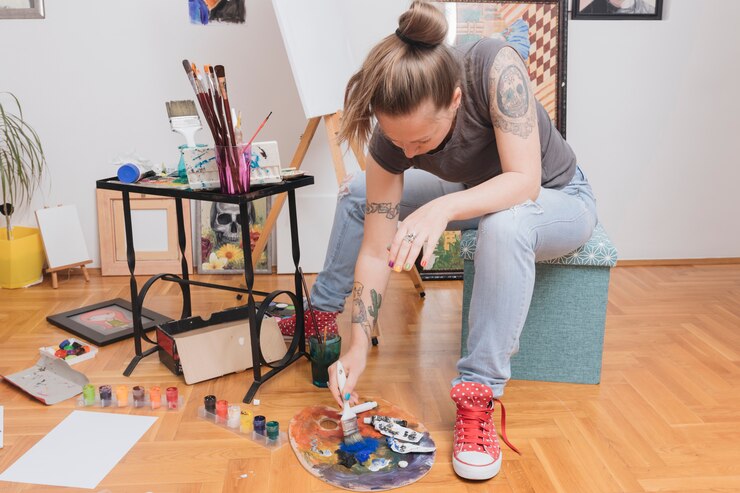The Importance of Art Education in Developing Critical Thinking Skills
In today’s fast-paced, information-driven world, critical thinking is a vital skill for success.Read More
Art education begins by nurturing creativity, an essential component of critical thinking. When students engage in artistic endeavors—whether it’s painting, sculpture, or digital art—they learn to express their ideas and emotions in diverse ways. This freedom of expression encourages students to explore different perspectives and think outside the box. As they experiment with various mediums and techniques, they develop innovative approaches to problems and learn to appreciate the value of unique solutions. Moreover, the creative process involves trial and error, allowing students to understand that mistakes are part of learning. This mindset promotes resilience and adaptability—key attributes for effective critical thinking. By encouraging students to take creative risks, art education fosters a culture where exploration and inquiry thrive, leading to deeper cognitive engagement. Art education inherently requires problem-solving skills. Artists frequently confront challenges—whether it’s choosing the right colors, balancing composition, or conveying a particular message. Students learn to identify these problems, brainstorm solutions, and implement their ideas. This iterative process of problem-solving encourages them to think critically about their choices and reflect on the outcomes. For instance, when creating a piece of art, students must make decisions based on their intended message or emotion. They learn to analyze what works and what doesn’t, weighing the pros and cons of each choice. This analytical process mimics real-world scenarios, helping students apply these problem-solving skills to various contexts, from academics to everyday life. Art education also enhances analytical thinking. Students are often required to critique their own work and the work of their peers, which helps them develop the ability to evaluate and interpret complex ideas. Through discussions about artistic techniques, themes, and cultural significance, students learn to articulate their thoughts and defend their perspectives. This process of critique fosters an environment of constructive feedback, encouraging students to consider multiple viewpoints. They learn to appreciate the nuances of different interpretations, cultivating an understanding that there can be multiple valid responses to a single question or challenge. This skill is invaluable in a world where collaboration and communication are essential. The benefits of art education extend beyond the art classroom. Integrating artistic principles into other subjects can enhance students’ overall learning experience. For example, incorporating visual art into science projects can deepen understanding of complex concepts, while using creative writing in history lessons can make historical events more relatable. By recognizing the interconnectedness of knowledge, educators can help students develop a more holistic approach to learning. This integration not only strengthens critical thinking skills but also fosters a greater appreciation for the arts and their relevance in everyday life. Art education plays a pivotal role in developing critical thinking skills among students. By nurturing creativity, fostering problem-solving abilities, and encouraging analytical thinking, art encourages students to engage with the world in innovative and meaningful ways. As we strive to prepare the next generation for the challenges they will face, it is essential to recognize and advocate for the importance of art education in cultivating these essential skills. By prioritizing art education, we empower students to become critical thinkers, effective problem solvers, and creative individuals capable of making a positive impact in their communities and beyond.Enhancing Creativity
Fostering Problem-Solving Skills
Encouraging Analytical Thinking
Integrating Art Across Disciplines
Conclusion

